Principles of the theory of evolution discovered by Charles Darwin are clear. The living species change over time, when the natural selection acts on populations, made up of individuals all different. The implications of this and other theories have yet to be understood by society. This is why we have approached evolution in reverse, starting from what it is not (but what everyone thinks it is).
The term evolution means a change over time. For instance, laptops have evolved over the last ten years. However, when biologists talk about evolution, they refer to the history of life. In particular, biological evolution means the development of the various species from ancestral species. The long process of evolutionary development depends on changes in DNA, mutations, which fundamentally change the biology of the organism.
When such changes are favorable to survival, they are retained. If a small population of a few individuals undergoes a significant number of changes – and is geographically isolated from other populations – a new species may emerge.
This is just a “way of saying”: although many forms of life, both animals and plants, are very similar to those of the past, that does not mean that they have been unchanged for millions of years, as if evolution had never even started for them. A famous example is that of the coelacanth, a fish whose most similar forms date back about 400 million years ago: but the resemblance with the past is only superficial, and these species were very different from those of today.
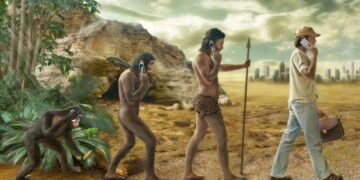













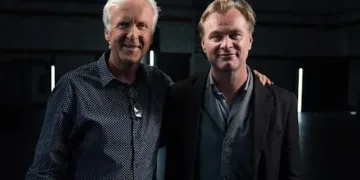
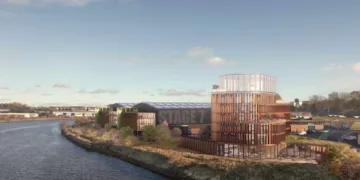

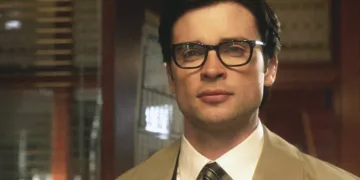


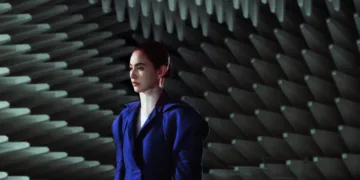



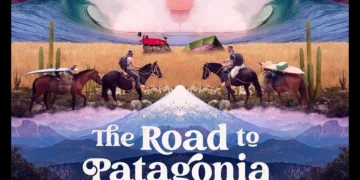




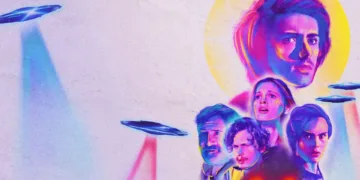




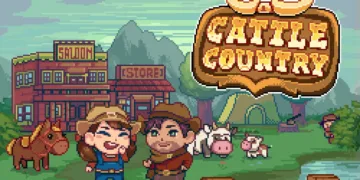

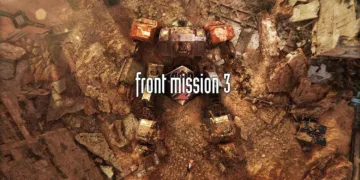


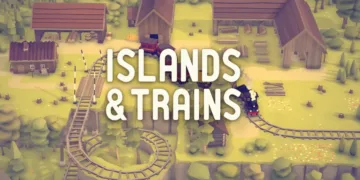

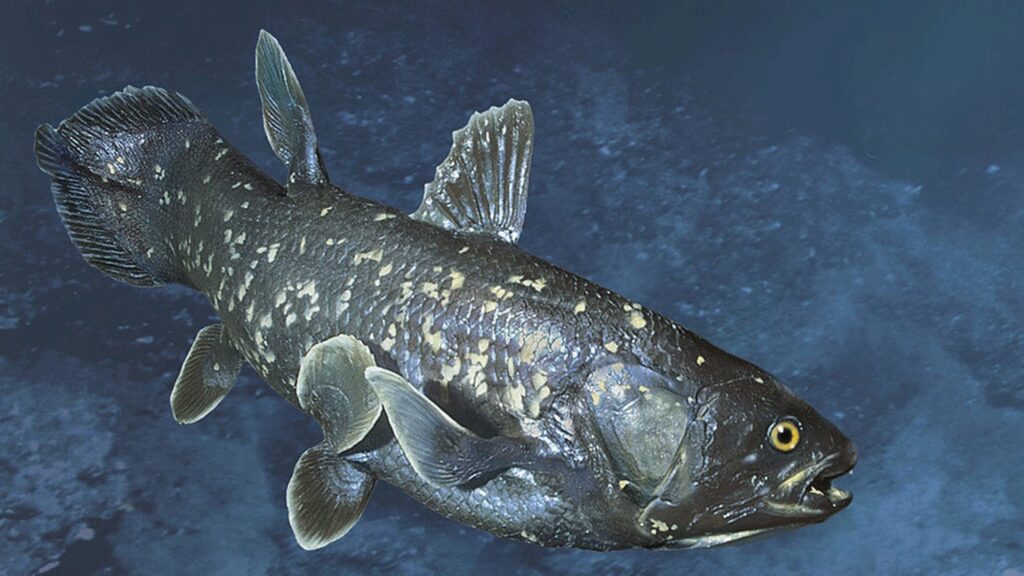








Discussion about this post